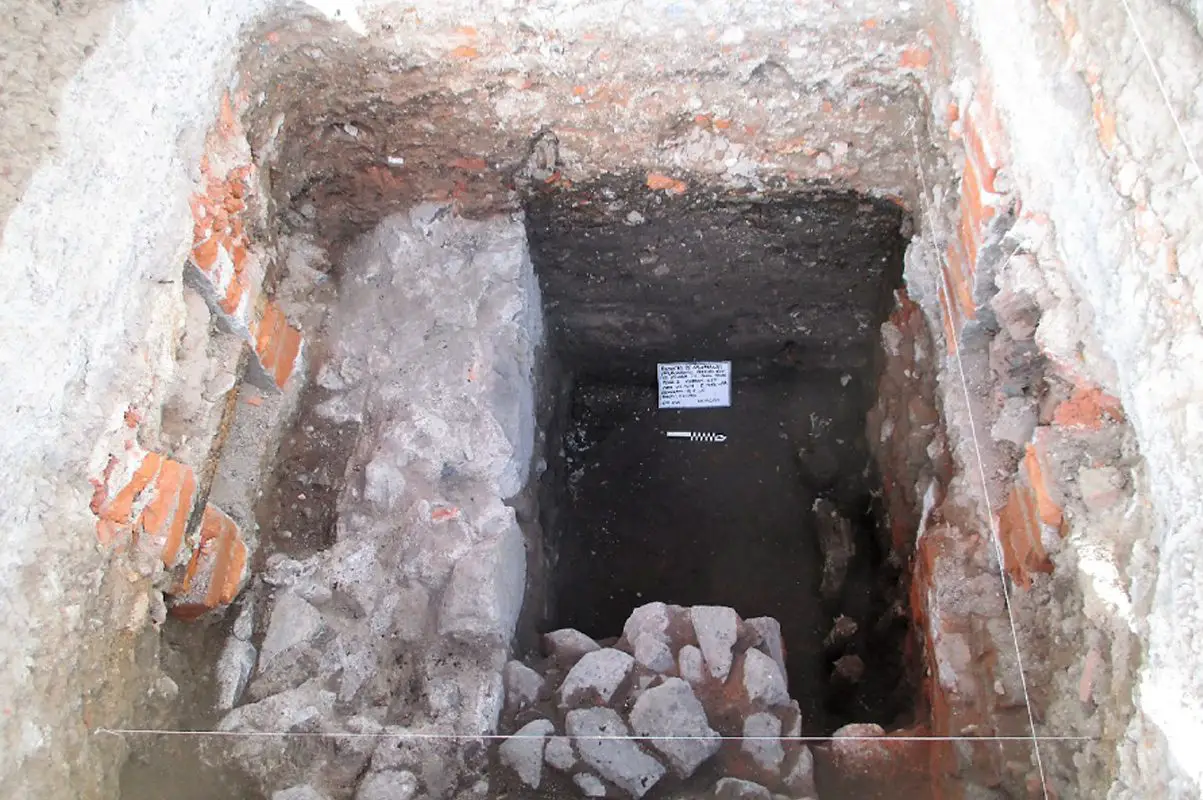Excavations by the Instituto Nacional de Antropología (INAH) have found an Aztec house and elements of the colonial and industrial past of Mexico City.
The discoveries were made during a modernisation project of an electrical substation in the central neighbourhood of Mexico City.
Archaeologists found an agricultural dwelling from the Late Postclassic period (AD 1200-1521) on the border of two neighbourhoods: Yopico and Teocaltitlan, within the Moyotlan subdivision of the Aztec city of Tenochtitlan.
Beneath the adobe floors of the structure the researchers unearthed a 60-cm-high stone sculpture and a pair of funerary vessels of the Red Texcoco and Canal Brown Monochrome types, containing the remains of infants and offerings of censers, whorls and spinning tools.
Excavations also revealed channels and a jetty used for the chinampa technique of farming, relying on small, rectangular areas of fertile arable land to grow crops on the shallow lake beds.
In the upper layers are the remains of walls made from stones joined with mud and evidence of saddlery and ceramic workshops that date from the 16th to 17th century colonial settlement.
The researchers also found 19th century bathroom floor tiles and a drainage system that may belong to the “Las delicias” public baths mentioned in the chronicles by José María Marroquí.
Header Image Credit : INAH





